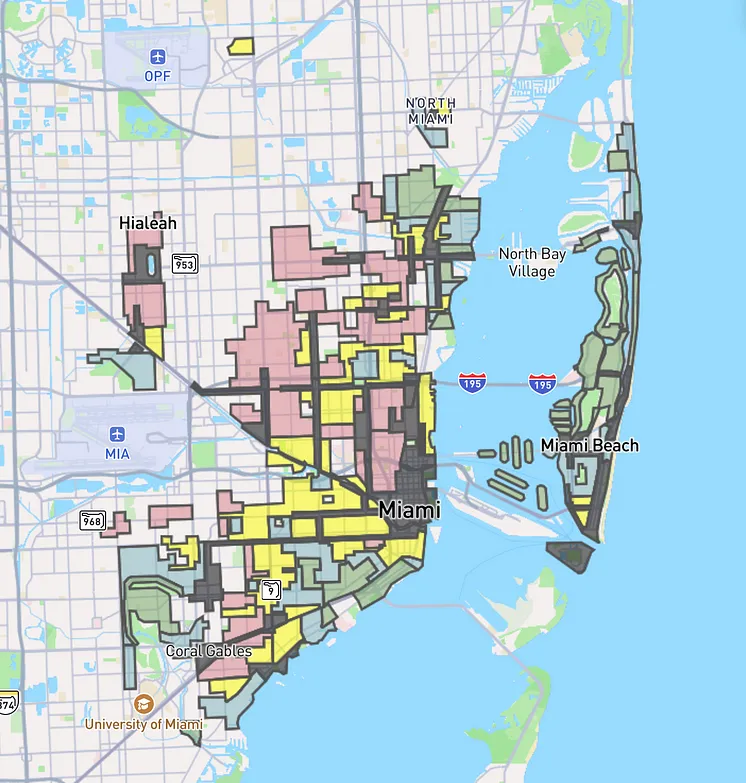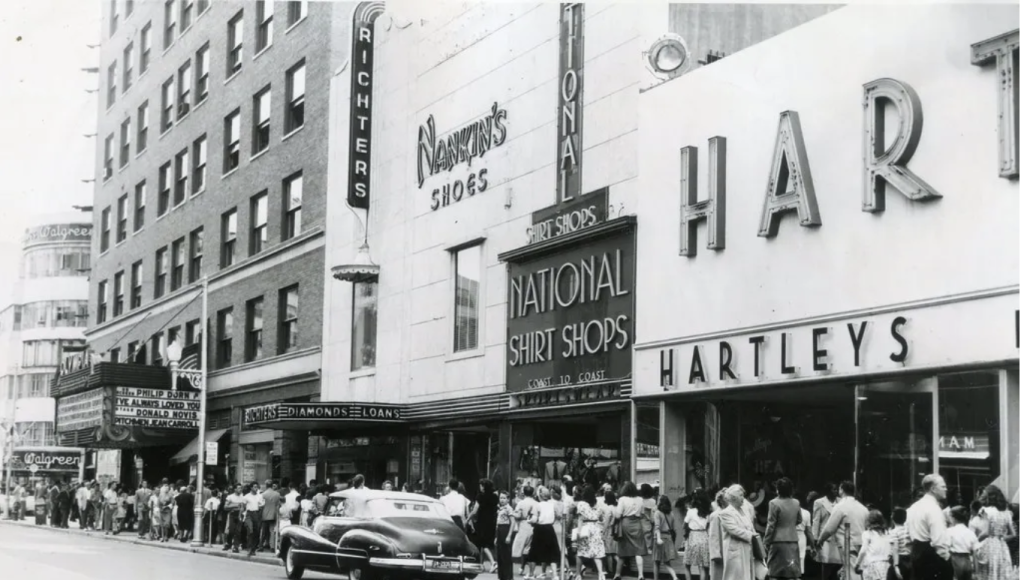Miami is famously known for its lively nightlife, Art Deco architecture, beaches, and rich Caribbean and Latin culture. Despite all its vibrance, the Magic City is not immune from the racial prejudice and widespread discrimination the rest of the nation has faced.
Black people have historically been seen as entertainers or laborers. Even after the abolishment of legally institutionalized slavery, they chiefly held blue-collar positions and were regarded at a lower status than their white counterparts. As the 20th century rolled in, larger numbers of Black people entered the entertainment space, but were only accepted up to a limit. Performers received adoration from white crowds but as soon as their performances ended, they were booted from establishments to dine and dance at “low class,” “colored” venues. Such were the Jim Crow laws of the South.
Things were no different in Miami. Famed Black performers from across the nation performed for the white elite at Miami Beach before being quickly dismissed. Performers such as Billie Holiday and Louis Armstrong, revered in modern times as some of the greatest artists to ever live, were made to feel like less than a dog. Facing this discrimination, Miami-Dade’s Black community was forced to create its own safe space to sleep, eat, perform, and indulge. It was here that Black Americans made a refuge, all their own.
Overtown, previously known as “Colored Town,” is one of the areas Miami’s Black population, who greatly contributed to building and industrializing the city into what it is today, was sent to live. Considered the “Harlem of the South,” the area was filled with Black-owned and Black-accepting businesses. Some denoted the community as a “slum” or “ghetto,” attitudes evident in the low-quality housing, commerce, education and healthcare facilities given to residents.
A unique culture and star-studded history began to take shape in these Black neighborhoods despite the hardships. The Hampton House, locate din Brownsville, was one of the few black-accepting motels in the Miami area, as noted by the The Negro Motorist Green Book. Celebrities such as Aretha Franklin, Ella Fitzgerald, Jackie Robinson, and Martin Luther King Jr., who were not allowed to stay on the Miami Beach island, regularly flocked to the now history museum to safely relax and rest up for events. One film tells the iconic story of a similar occasion.
“One Night In Miami” is a play by Kemp Powers that was later adapted into a movie directed by Regina King in 2020. Set on February 25, 1964, it depicts the post-fight plans of 22-year-old Cassius Clay, now known as Muhammad Ali, after winning the Heavy Weight Champion title against Sonny Liston. In celebration of the feat, the four are said to have had a night of deep intellectual conversations on civil rights issues at the motel.
Unfortunately, a major roadway construction project would soon wreak havoc on Miami’s Black community. In the 1960s, the federal government took possession of many Overtown businesses and homes, displacing thousands to build Interstate 95 in the name of eminent domain. The project hurt the neighborhood, lowering real estate value, increasing the distances between businesses, and stripping away the character and charm the Black community created with large overpasses and noisy traffic.
This is not the first time the US government has had a hand in diminishing the value of Black neighborhoods. During the New Deal era, the Homeowners Loan Corporation (HOLC) infamously exercised racist appraising practices, birthing the discriminatory practice of redlining. Historically Black areas in Miami-Dade were given some of the lowest ratings, disqualifying many families from receiving mortgage loans and trapping them in exploitative tenancy situations at the mercy of white landlords. The housing they did have access to was undeniably inferior. Areas marked in red on maps were “high risk” and deemed suitable enough for Black people.



Racial disparities continue to plague Miami. As of 2018, Black people make up 24.4% of South Florida’s population — roughly 1.2 million residents — yet earn $18,000 less than their white counterparts. A US Census data report released on the 50th anniversary of Dr. King Jr.’s “I Have a Dream” speech reveals that while the Black community has seen improvements since the Civil Rights Era, homeownership challenges remain relatively the same.
There is no doubt the US has achieved much, but we still have far to go. Miami’s rich Black history is often overshadowed by its Latin neighbors, so learning about it fills me with pride. When I visited Hampton House, I got goosebumps before entering, simply standing in the space greats have stood. The powerful voices of those who persevered in the face of hate and injustice and fought for a better tomorrow are worth honoring and remembering.

































